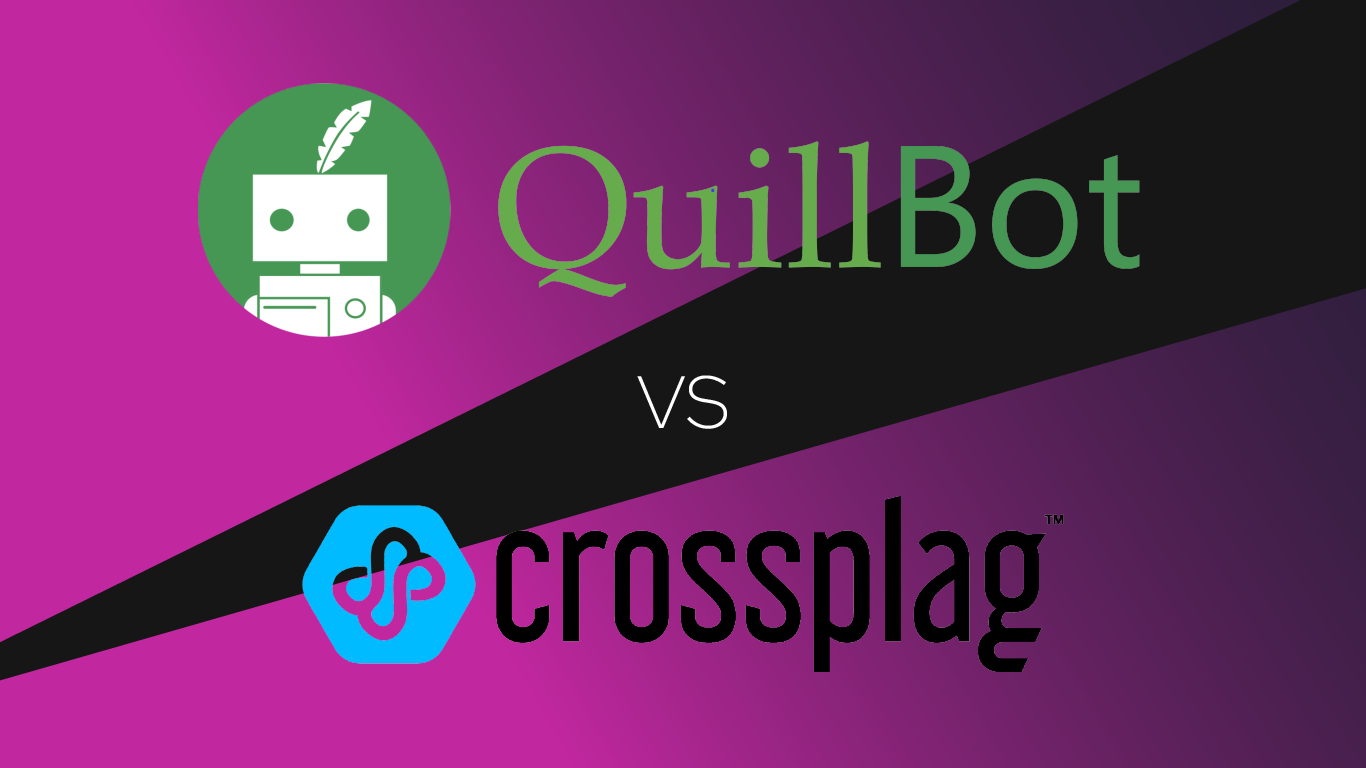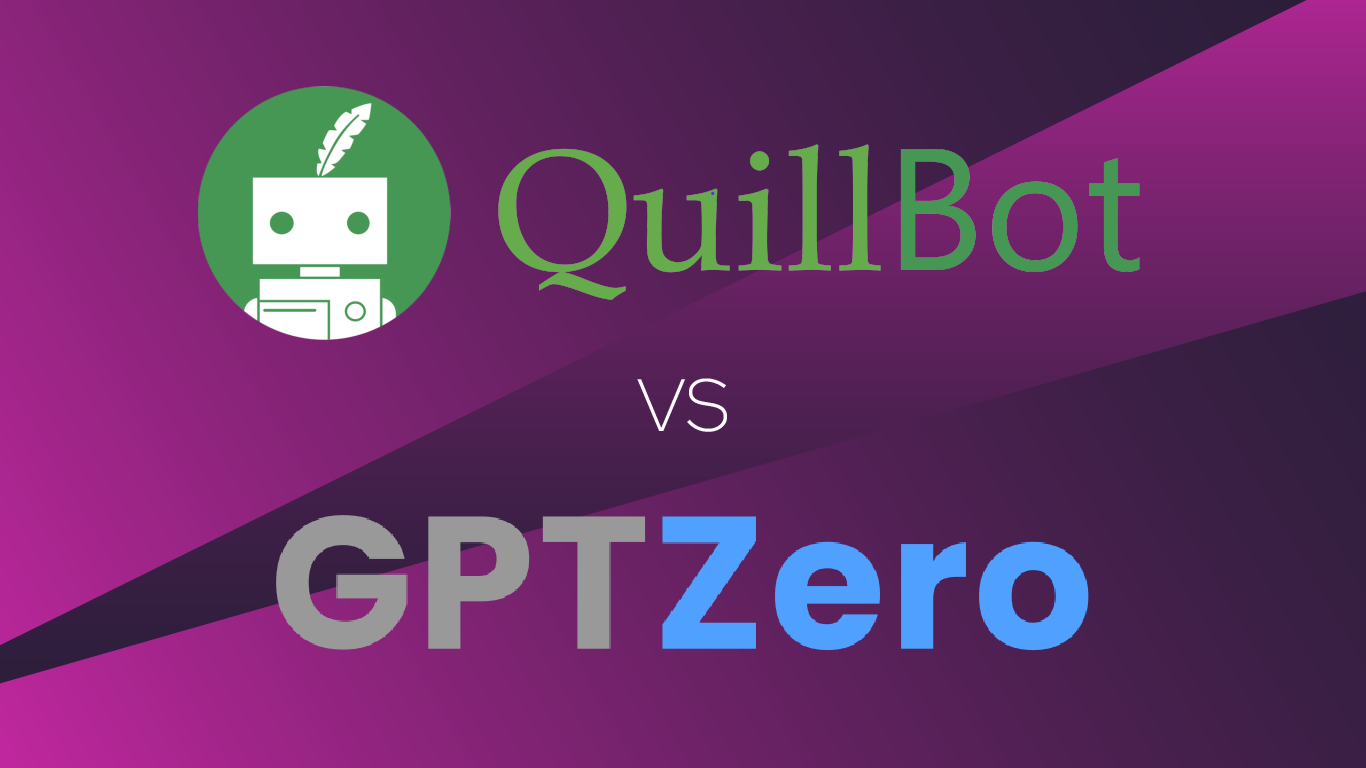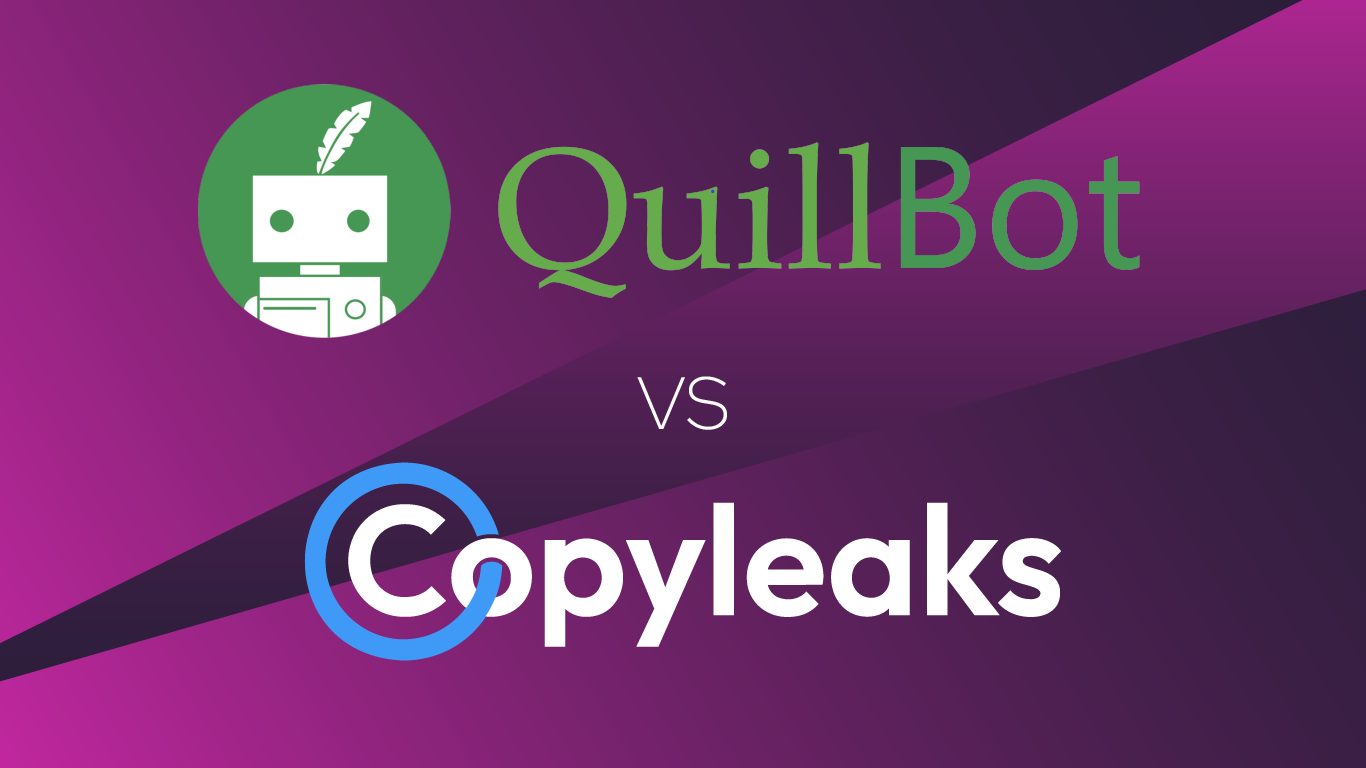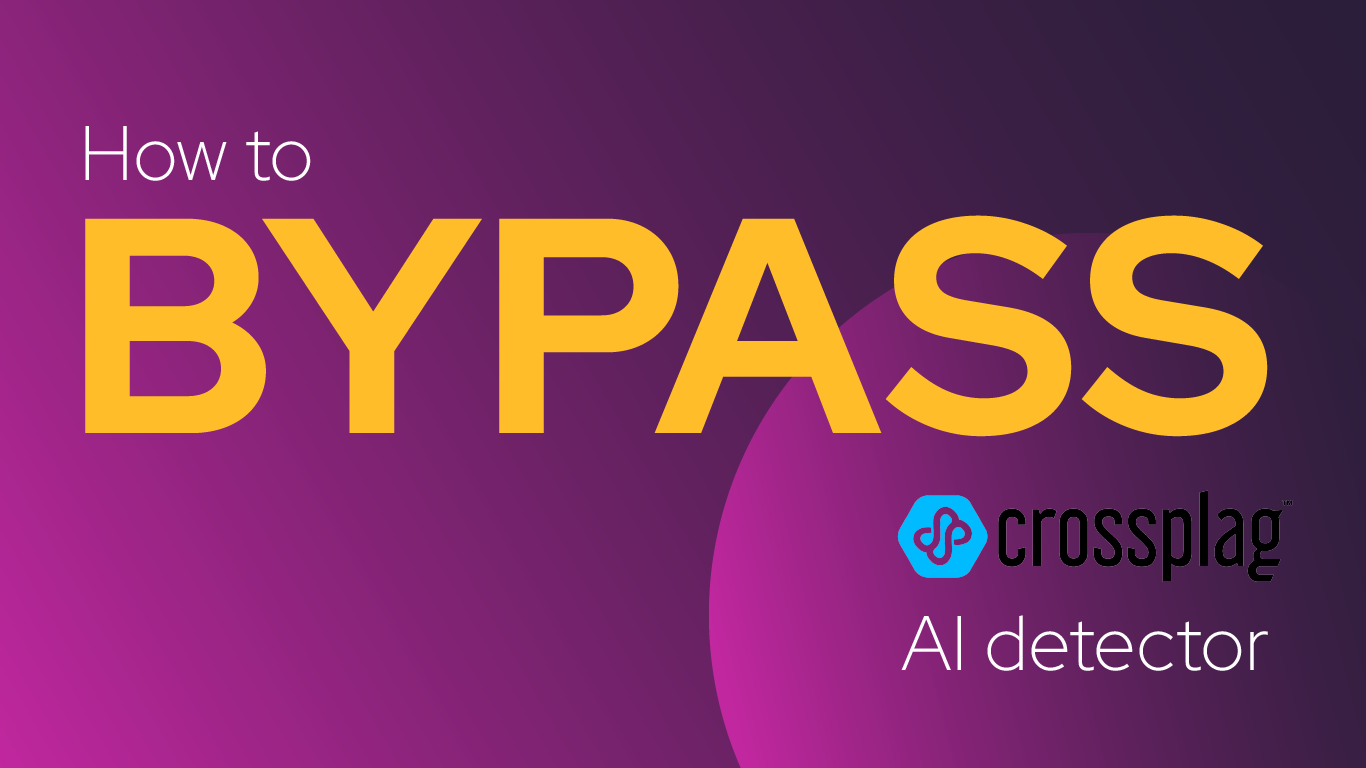In the rapidly evolving landscape of artificial intelligence (AI) and digital content creation, tools like QuillBot and CrossPlag have become essential for various user needs. QuillBot, an AI-driven paraphrasing tool, and CrossPlag, an AI content detector, serve different purposes but often intersect in their usage by content creators, educators, and businesses. Understanding the strengths and weaknesses of these tools can help users make informed decisions about which tool to use for specific tasks.
Some Context To QuillBot vs CrossPlag
QuillBot vs CrossPlag – Main Issues and Challenges
The growing use of AI in content creation has introduced several challenges. One of the most pressing issues is the difficulty in distinguishing between AI-generated and human-generated content. This is where tools like CrossPlag and Netus AI shine by providing ways to detect AI-generated text, which is crucial for maintaining academic integrity and content authenticity. However, the accuracy of these tools can sometimes be a concern, as noted in various user reviews. For instance, while CrossPlag may occasionally produce false positives, Netus AI is praised for its higher accuracy and ability to handle more complex paraphrasing, making it less likely to misidentify human-written content as AI-generated.
On the other hand, QuillBot excels in generating human-like paraphrases, but its outputs can still be detectable by sophisticated AI detectors like CrossPlag and Netus AI. This is particularly relevant for users who rely on QuillBot to bypass AI detection tools, which can be problematic in academic or professional settings where originality is paramount.
Solutions and Strategies
QuillBot can be effectively used to enhance content quality by rephrasing sentences to improve readability and avoid plagiarism. It is particularly useful for students and professionals who need to generate multiple versions of a text quickly. To maximize the effectiveness of QuillBot while minimizing the risk of detection by AI tools like CrossPlag and Netus AI, users should consider manually editing the paraphrased content to add a more human touch, ensuring it passes AI detection.
CrossPlag offers a robust solution for detecting AI-generated content, making it a valuable tool for educators and content managers. However, for more reliable results, especially when dealing with complex paraphrased content, Netus AI is often recommended due to its advanced algorithms and lower false positive rates. To address the issue of detection accuracy, users should consider running their content through both CrossPlag and Netus AI, thereby cross-verifying the results to ensure comprehensive analysis and detection.
Expert Opinions and Insights
Experts in the field of AI and digital content creation often recommend using a combination of these tools to achieve the best results. For instance, a content creator might use QuillBot to paraphrase text and then run the final output through both CrossPlag and Netus AI to ensure that it is not flagged as AI-generated. This approach can be particularly effective in academic settings, where the originality of content is crucial.

Furthermore, experts suggest that the accuracy of AI detectors like CrossPlag and Netus AI is likely to improve over time as these tools continue to learn and adapt to new AI content creation methods. This means that users who rely on paraphrasing tools like QuillBot will need to stay updated on the latest developments in AI detection technology to ensure their content remains undetectable.
QuillBot vs CrossPlag – Predictions
Looking ahead, the integration of AI in content creation and detection will likely become more sophisticated. We can expect tools like QuillBot to develop more advanced paraphrasing algorithms that can better mimic human writing styles, making AI-generated content even harder to detect. Simultaneously, AI detectors like CrossPlag and Netus AI will continue to evolve, incorporating more complex models to improve their accuracy in identifying AI-generated content.
As AI tools continue to advance, the battle between content creators and detectors will intensify, leading to more innovative solutions on both sides. For content creators, the key will be to use these tools ethically, ensuring that their work maintains originality and authenticity. For educators and content managers, staying informed about the latest AI detection technologies will be crucial in maintaining the integrity of written content.
Balancing Efficiency and Integrity in AI-Driven Content Creation
As AI continues to play a significant role in content creation, striking a balance between efficiency and integrity becomes crucial. QuillBot offers a quick and effective solution for generating content that is coherent and varied, saving time for writers and professionals who need to produce large volumes of text. However, this efficiency must be balanced with the need to maintain content integrity, particularly in academic and professional environments where originality is paramount. Tools like CrossPlag and Netus AI are indispensable in this regard, as they help ensure that the content produced or edited by AI tools like QuillBot meets the standards of authenticity expected by educators, employers, and search engines.

The key to achieving this balance lies in using these tools in a complementary manner. For example, content creators can leverage QuillBot’s paraphrasing capabilities to enhance their writing while simultaneously using CrossPlag and Netus AI to verify the originality of the content. By doing so, they can benefit from the efficiency gains provided by Undetectable AI without compromising the integrity of their work. This integrated approach not only helps in avoiding potential pitfalls like plagiarism but also contributes to creating content that is both engaging and credible, thereby meeting the high standards required in today’s digital landscape.
QuillBot vs CrossPlag - FAQ
QuillBot is an AI-powered paraphrasing tool designed to help users rewrite content, improve readability, and avoid plagiarism.
CrossPlag uses advanced AI algorithms to detect whether a piece of text is AI-generated or human-written by analyzing patterns and word usage.
Netus AI is an AI content detection tool known for its high accuracy and ability to detect AI-generated content across multiple languages. It differs from CrossPlag by offering more advanced detection algorithms and fewer false positives.
QuillBot can generate human-like paraphrased content, but advanced AI detectors like CrossPlag and Netus AI may still identify it as AI-generated if not manually edited.
CrossPlag is generally accurate, but it can sometimes produce false positives or negatives, especially with heavily paraphrased text. Netus AI is often preferred for higher accuracy.
QuillBot is primarily used for paraphrasing text, enhancing readability, improving vocabulary, and avoiding plagiarism in academic and professional writing.
CrossPlag is ideal for educators, content managers, and SEO professionals who need to verify the authenticity of written content.
Netus AI improves upon CrossPlag’s detection by using more advanced algorithms that reduce the likelihood of false positives, making it more reliable for detecting AI-generated content.
Yes, CrossPlag supports multiple languages for detecting AI-generated content and plagiarism, similar to Netus AI, which also offers extensive language support.
To avoid detection by AI content detectors, manually edit the paraphrased content generated by tools like QuillBot, adding unique elements and human touches, and test it with both CrossPlag and Netus AI.
Related Posts
Through digital leadership we empower people to leverage the opportunities in global economy





